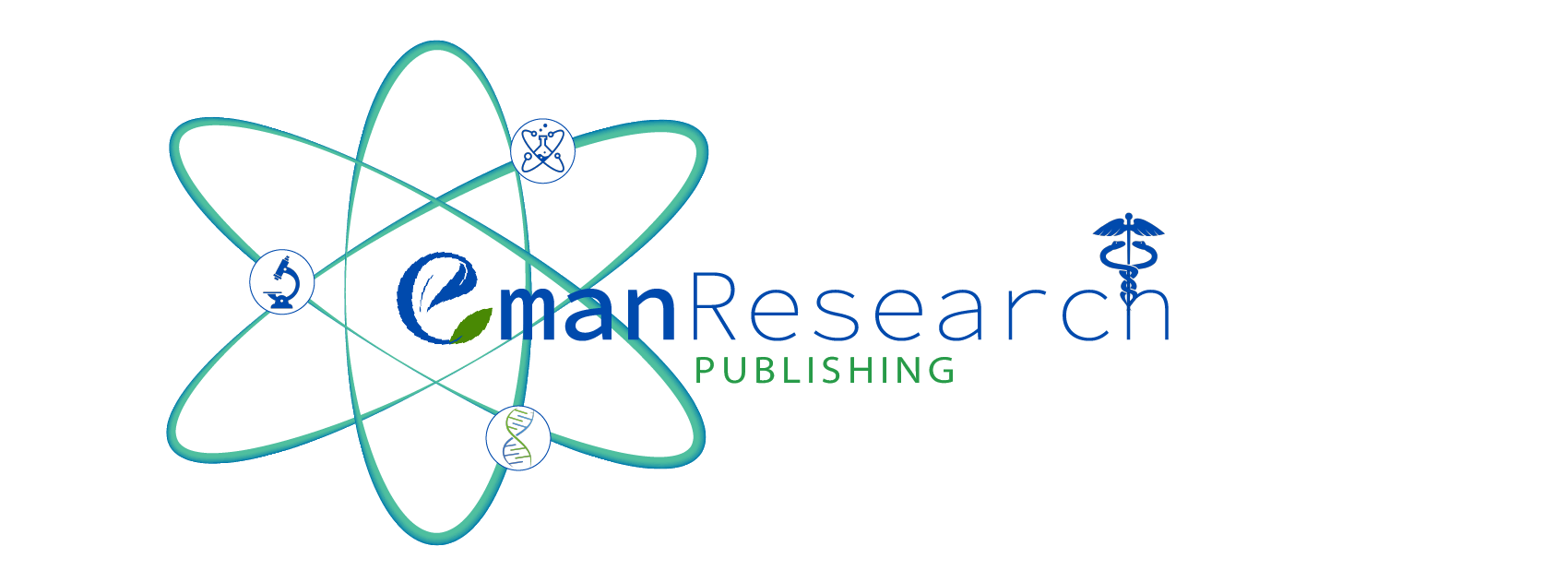Advanced Bioinformatics & Chemistry
Advanced Bioinformatics and Chemistry is an international, open access, peer-reviewed journal that publishes: Original Research; Reviews; Hypothesis formation and commentaries in t More +
Editor-in-Chief: Hiroyuki Kurata
Advanced Bioinformatics & Chemistry
Volume 1 Number 1 2019
Table of Contents
Prediction of Protein–Metal Ion-Binding Sites Using Sequence Homology and Machine-Learning Methods
Zihan Tian 1, Cao Wei 1, Yutaka Moriwaki 1, Tohru Terada 1, Shugo Nakamura 1, Kazuya Sumikoshi 1, Fang Chun 1, and Kentaro Shimizu 1*
The sensitivity of the machine-learning method was 0.8239, and many metal ion-binding sites were predicted only by the machine-learning method.
Abstract | Full Text | PDF (2 MB) | Open Access Article
Manuscript-In-Press
Md Shamsuddin Sultan Khan A*, Aman Shah Abdul Majid B, Amin Malik Shah Abdul Majid B
The tumorigenic reactions were more serious due to senescence of the tumor in the reaction of IL17A, CBS and MHCII molecules.
Abstract | Full Text | PDF () | Open Access Article
Manuscript-In-Press
Farhana Mosaddqque A, B, Md Shamsuddin Sultan Khan C
The molecular interactions possessed the reason of being inhibitors of falcipain-2 as antimalarial agent.
Abstract | Full Text | PDF () | Open Access Article
Manuscript-In-Press
Aman Shah Abdul Majid B, Md Shamsuddin Sultan Khan A*
Mitragyna alkaloids adopt a binding pose at the VEGF, TGFB, WNT, and NOTCH receptor to produce anticancer potency through angiogenic pathway
Abstract | Full Text | PDF () | Open Access Article
The peer-reviewed and edited version of record published online before inclusion in an issue
Manuscript-In-Press
Aman Shah Abdul Majid B, Md Shamsuddin Sultan Khan A*
Mitragyna alkaloids adopt a binding pose at the VEGF, TGFB, WNT, and NOTCH receptor to produce anticancer potency through angiogenic pathway
Manuscript-In-Press
Md Shamsuddin Sultan Khan A*, Aman Shah Abdul Majid B, Amin Malik Shah Abdul Majid B
The tumorigenic reactions were more serious due to senescence of the tumor in the reaction of IL17A, CBS and MHCII molecules.
Manuscript-In-Press
Farhana Mosaddqque A, B, Md Shamsuddin Sultan Khan C
The molecular interactions possessed the reason of being inhibitors of falcipain-2 as antimalarial agent.
Prediction of Protein–Metal Ion-Binding Sites Using Sequence Homology and Machine-Learning Methods
Zihan Tian 1, Cao Wei 1, Yutaka Moriwaki 1, Tohru Terada 1, Shugo Nakamura 1, Kazuya Sumikoshi 1, Fang Chun 1, and Kentaro Shimizu 1*
The sensitivity of the machine-learning method was 0.8239, and many metal ion-binding sites were predicted only by the machine-learning method.
Abstract | Full Text | PDF (2 MB) Open Access Article
These articles have been peer reviewed and accepted for publication. They are still in production and have not been edited, so may differ from the final published form.
Aman Shah Abdul Majid B, Md Shamsuddin Sultan Khan A*
Mitragyna alkaloids adopt a binding pose at the VEGF, TGFB, WNT, and NOTCH receptor to produce anticancer potency through angiogenic pathway
Md Shamsuddin Sultan Khan A*, Aman Shah Abdul Majid B, Amin Malik Shah Abdul Majid B
The tumorigenic reactions were more serious due to senescence of the tumor in the reaction of IL17A, CBS and MHCII molecules.
Farhana Mosaddqque A, B, Md Shamsuddin Sultan Khan C
The molecular interactions possessed the reason of being inhibitors of falcipain-2 as antimalarial agent.
Prediction of Protein–Metal Ion-Binding Sites Using Sequence Homology and Machine-Learning Methods
Zihan Tian 1, Cao Wei 1, Yutaka Moriwaki 1, Tohru Terada 1, Shugo Nakamura 1, Kazuya Sumikoshi 1, Fang Chun 1, and Kentaro Shimizu 1*
The sensitivity of the machine-learning method was 0.8239, and many metal ion-binding sites were predicted only by the machine-learning method.
The Most Read ranking is based on the number of downloads in the last 60 days from papers published on the Advanced Bioinformatics & Chemistry within the last 12 months. Usage statistics are updated daily.
Submit Article
Use the online submission system to send us your manuscript.
Call for Papers
We are seeking Contributions for a special issue. More.
Best Paper Award
Authors are awarded for Best Paper for this Journal Annually



